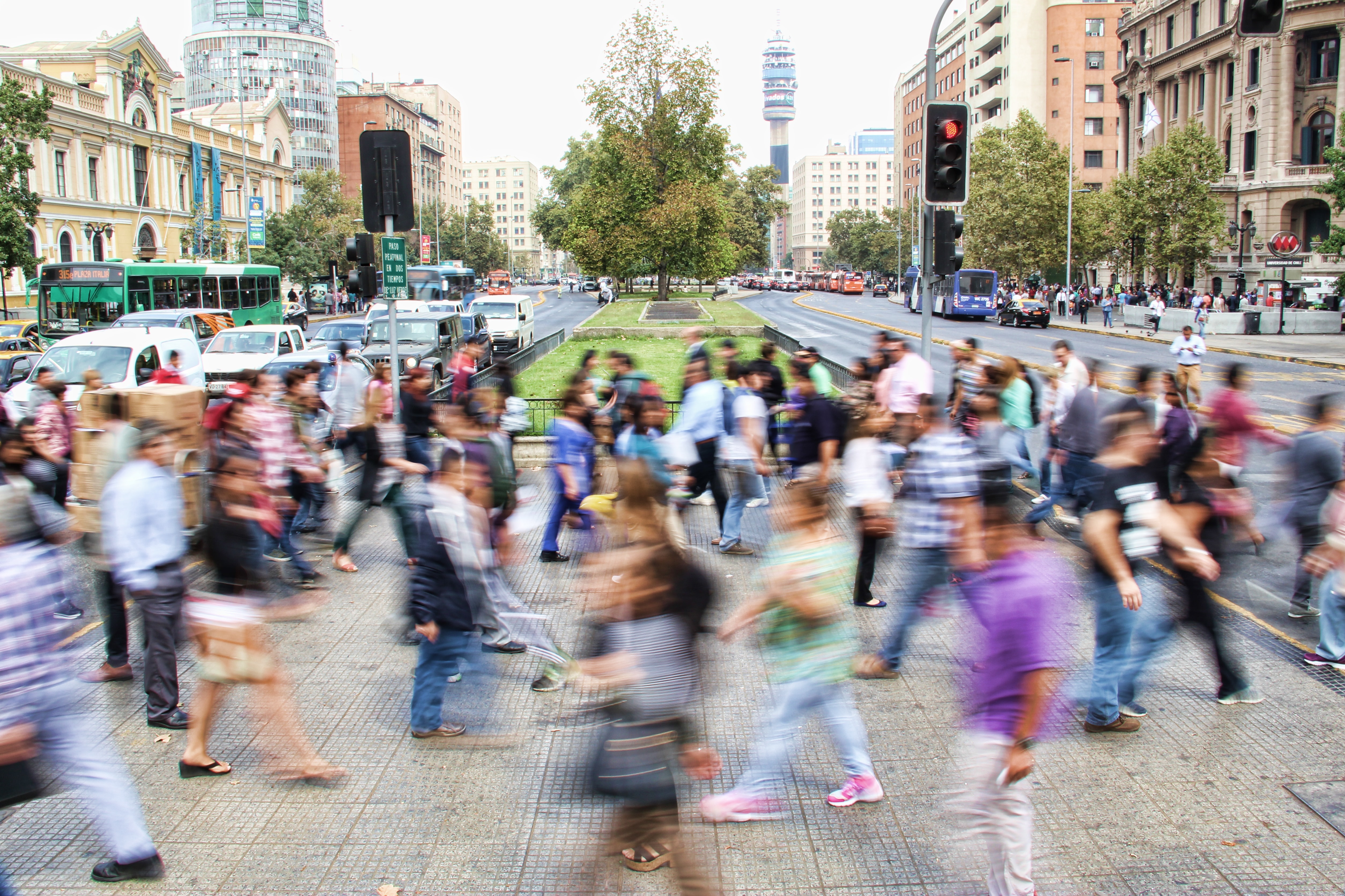News release
From:
Contact-tracing apps could improve vaccination strategies
Analysis suggests apps could help achieve herd immunity by targeting vaccines to those more likely to spread disease
Mathematical modeling of disease spread suggests that herd immunity could be achieved with fewer vaccine doses by using Bluetooth-based contact-tracing apps to identify people who have more exposure to others—and targeting them for vaccination. Mark Penney, Yigit Yargic and their colleagues from the Perimeter Institute for Theoretical Physics in Ontario, Canada, present this approach in the open-access journal PLOS ONE on September 22, 2021.
The COVID-19 pandemic has raised questions about how to best allocate limited supplies of vaccines for the greatest benefit against a disease. Mathematical models suggest that vaccines like those available for COVID-19 are most effective at reducing transmission when they are targeted to people who have more exposure to others. However, it can be challenging to identify such individuals.
Penney and colleagues hypothesized that this challenge could be addressed by harnessing existing apps that anonymously alert users to potential COVID-19 exposure. These apps use Bluetooth technology to determine the duration of contact between any pair of individuals who both have the same app downloaded on their smart phones. The researchers wondered whether this technology could also be used to help identify and target vaccines to those with greater exposure—a strategy analogous to a wildfire-fighting practice called “hot-spotting,” which targets sites with intense fires.
To explore the effectiveness of a hot-spotting approach to vaccination, Penney and colleagues used mathematical modeling to simulate how a disease would spread among a population with such a strategy in place. Specifically, they applied an analytical technique borrowed from statistical physics known as percolation theory.
The findings suggest that a Bluetooth-based hot-spotting approach to vaccination could reduce the number of vaccine doses needed to achieve herd immunity by up to one half. The researchers found improvements even for simulations in which relatively few people use contact-tracing apps—a situation mirroring reality for COVID-19 in many regions.
In the future, the modeling approach used for this study could be refined, such as by incorporating the effects of strains on the healthcare system. Nonetheless, the researchers note, the new findings highlight a technically feasible way to implement a strategy that previous research already supports.
The authors add: “The technology underlying digital contact tracing apps has made it possible to implement novel decentralized and efficient vaccine strategies.”



 International
International



